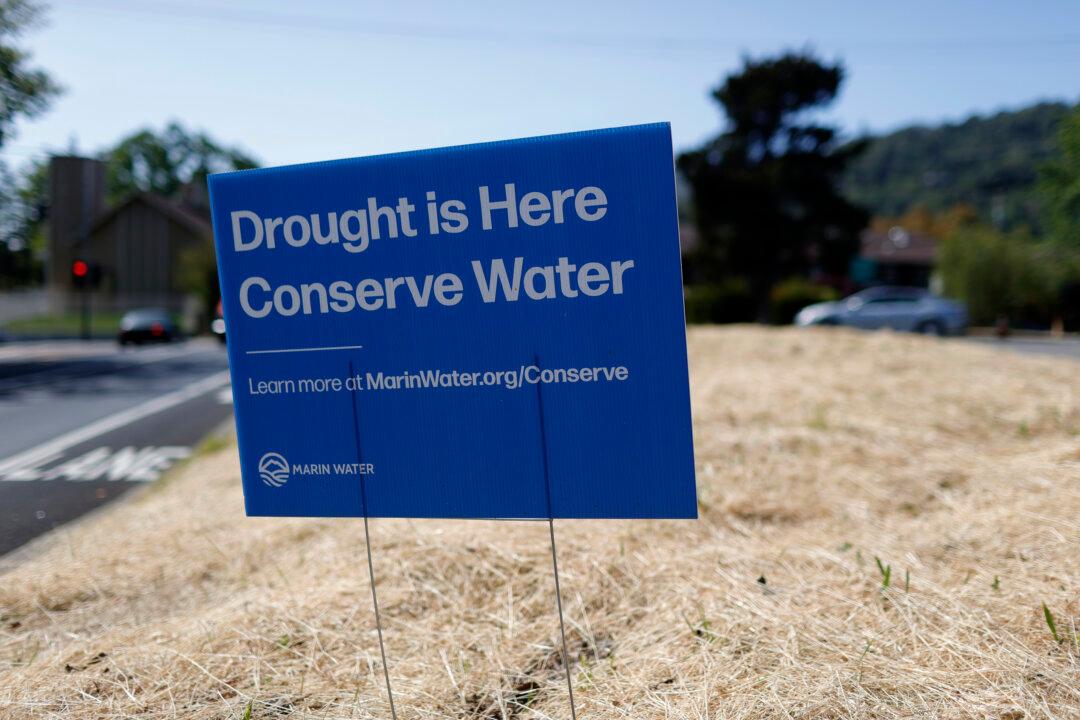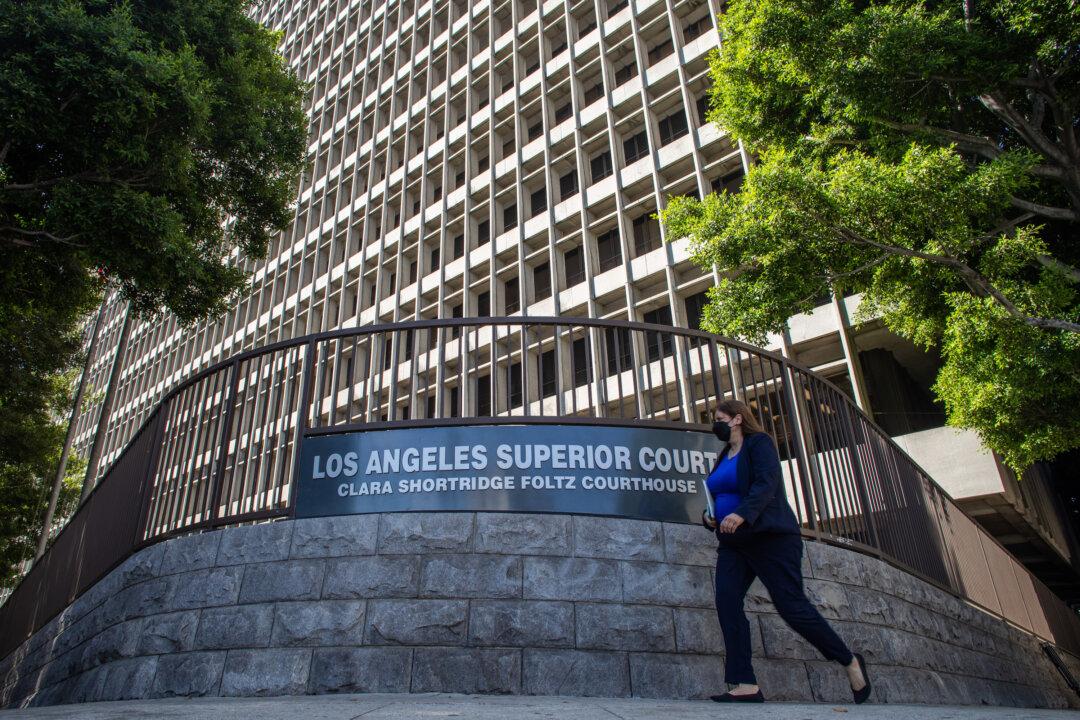LOS ANGELES—Due to the California State Water Project cutting its water allocation to zero for 2022, the Los Angeles Department of Water and Power (LADWP) urged all customers to reduce water usage immediately, in a recent statement.
As the largest municipal water and power utility in the nation, LADWP relies on imported water, which accounts for 80 percent of its water supply, to serve more than 680,000 households and businesses in the City of Los Angeles, where 40 percent of water—60 percent during dry years—comes from the State Water Project, according to its statement.




